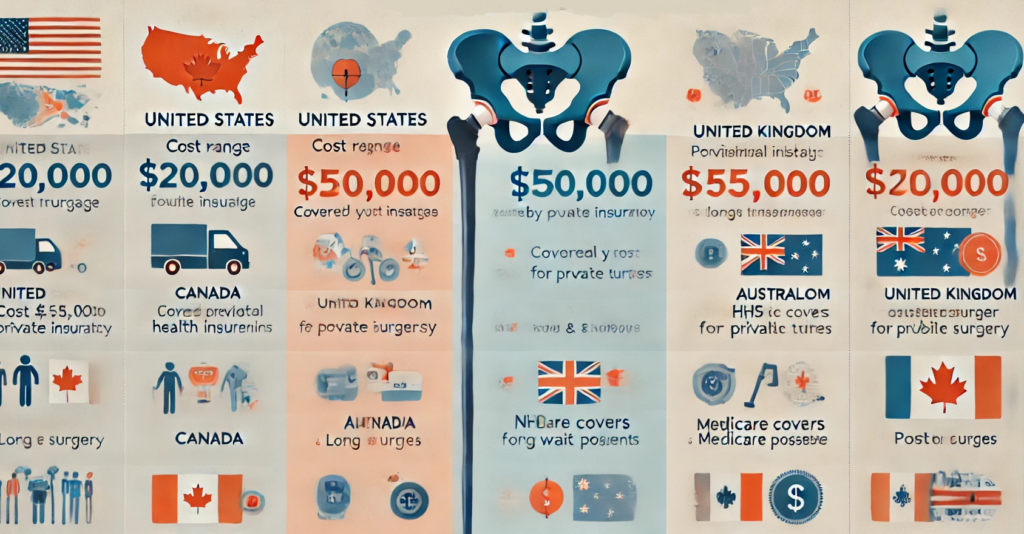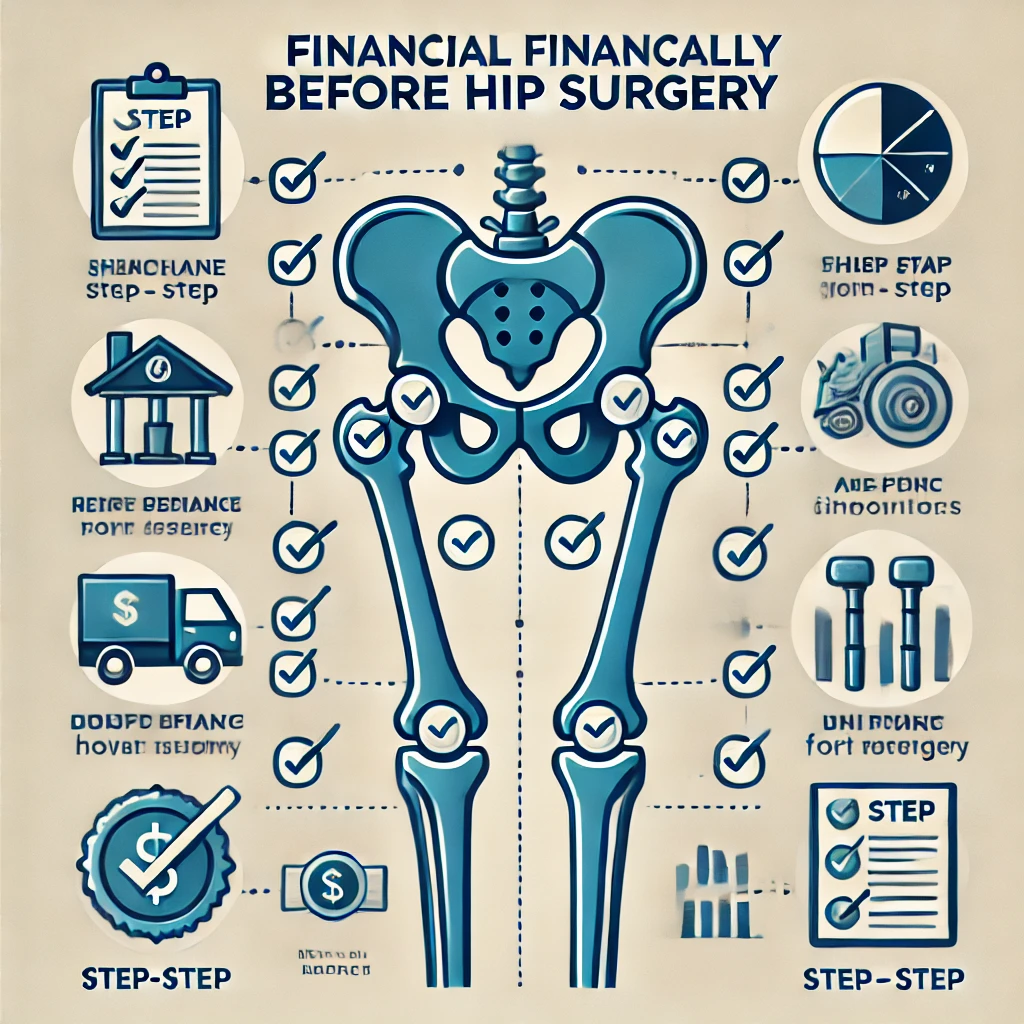A Comprehensive Guide to Understanding Total Hip Arthroplasty Cost: Factors, Breakdown, and Financial Tips
Introduction
Total hip arthroplasty (THA), commonly known as hip replacement surgery, is a significant procedure that can greatly improve the quality of life for individuals suffering from severe hip pain and mobility issues. However, the cost of this surgery can be a major concern for many patients. In this comprehensive guide, we will break down the various costs associated with THA, explore the factors influencing these costs, and offer practical financial tips to help you manage these expenses effectively. Whether you’re planning for surgery or simply researching your options, this guide is designed to provide valuable insights and support your financial planning.
Understanding the Costs of Total Hip Arthroplasty

Introduction to Cost Breakdown
The cost of total hip arthroplasty can vary widely depending on several factors. Understanding these factors and costs is crucial for effective financial planning.
Detailed Cost Breakdown
- Surgery Costs: The surgeon’s fee, which can range anywhere from $5,000 to $10,000 depending on their level of expertise and location.
- Hospital Stay: Hospital charges can add another $15,000 to $20,000, covering the operating room, anesthesia, and inpatient care.
- Post-Op Care: Rehabilitation and physical therapy costs, are usually around $2,000 to $4,000.
- Medications: Pain management and other medications can cost anywhere between $500 and $1,500.
Factors Affecting the Cost
- Geographic Location: Costs can vary significantly between urban and rural areas, with urban hospitals generally charging more.
- Surgeon’s Expertise: Highly experienced surgeons often charge higher fees.
- Type of Facility: Private hospitals tend to be more expensive than public or community hospitals.
Factors Influencing Hip Arthroplasty Costs
Geographic Variations
- Urban vs. Rural: Urban hospitals often have higher operating costs, which in effect is passed on to patients. Rural hospitals may be less expensive but might lack some advanced facilities.
- Regional Differences: Certain regions, like the Northeast, have higher average costs compared to the Midwest or South.
Insurance and Payment Plans
- Insurance Coverage: The extent of insurance coverage varies depending on provider and plan. Typically, insurance covers a significant portion, but out-of-pocket expenses can still be substantial.
- Payment Plans: Many hospitals offer payment plans to help manage costs. It’s essential to discuss these options with your healthcare provider.
Hospital and Surgical Technology
- Advanced Technology: Hospitals equipped with the latest surgical technology and techniques may charge more but can offer better outcomes and shorter recovery times.
- Hospital Choice: The reputation and ranking of the hospital can also influence costs.
Financial Planning for Hip Replacement Surgery

Budgeting and Financial Planning Tips
- Estimate Total Costs: Use the breakdown provided to estimate your total expenses, including surgery, hospital stay, post-op care, and medications.
- Save in Advance: Start saving early to cover out-of-pocket expenses. Consider setting up a dedicated health savings account (HSA).
- Explore Financial Aid: Look into financial aid programs, grants, and charity care options offered by hospitals and non-profits.
Insurance Options
- Review Your Policy: Understand what your insurance covers and what it doesn’t. Contact your insurer for a detailed information on your benefits.
- Supplemental Insurance: Consider supplemental insurance plans that cover additional costs not included in your primary insurance.
Cost-Saving Strategies
- Medical Tourism: Explore options for having the surgery in countries where medical costs are lower. Ensure the facility is accredited and the surgeons are reputable.
- Negotiation: Don’t hesitate to negotiate costs with your hospital and healthcare providers. Many are willing to reduce fees or offer payment plans.
Conclusion
Understanding the costs associated with total hip arthroplasty is essential for effective financial planning and stress-free recovery. By breaking down the costs, exploring influencing factors, and implementing smart financial strategies, you can better manage the expenses and focus on your health and well-being. We encourage you to consult with your healthcare provider and financial advisor to tailor these tips to your specific situation.

